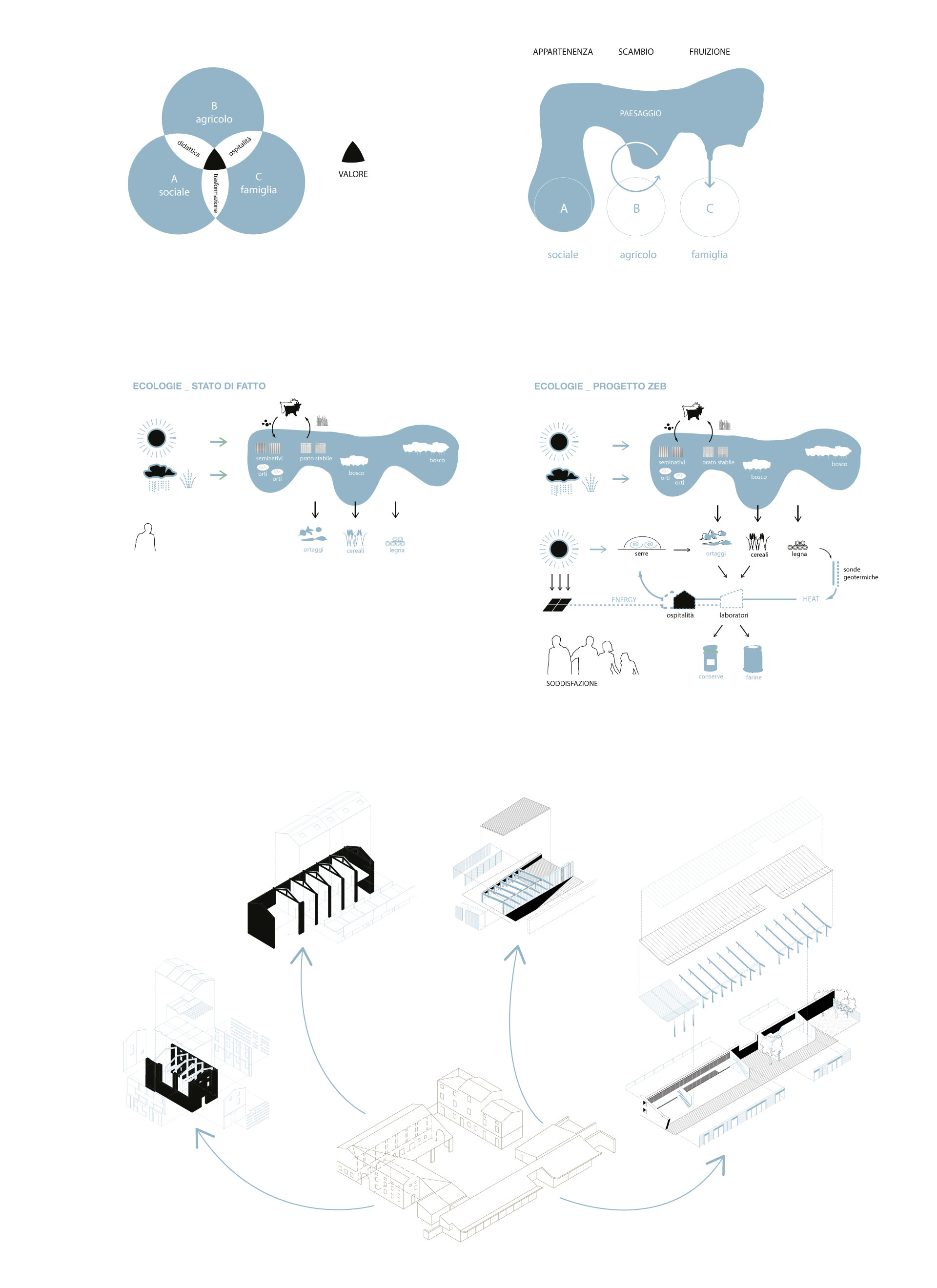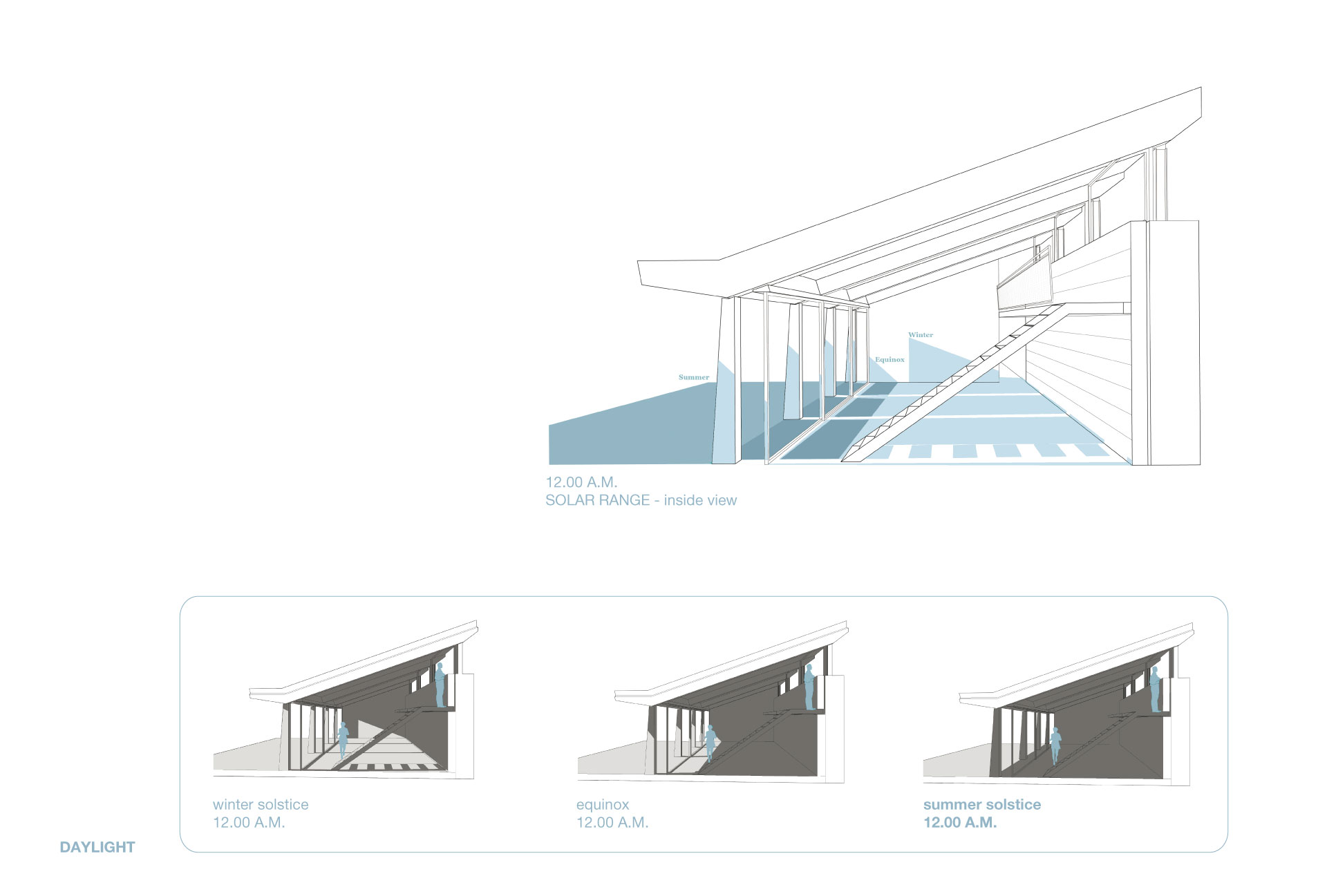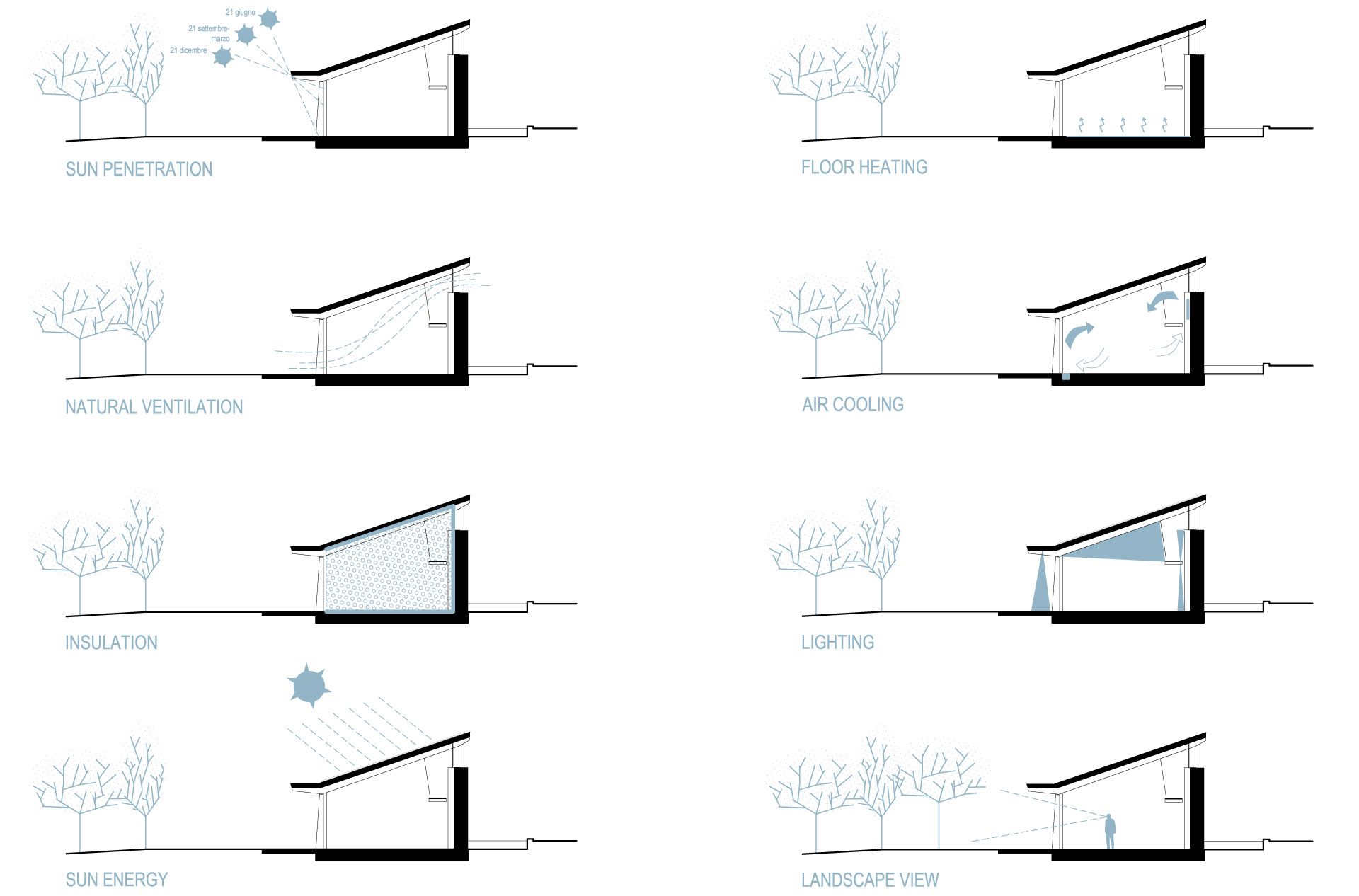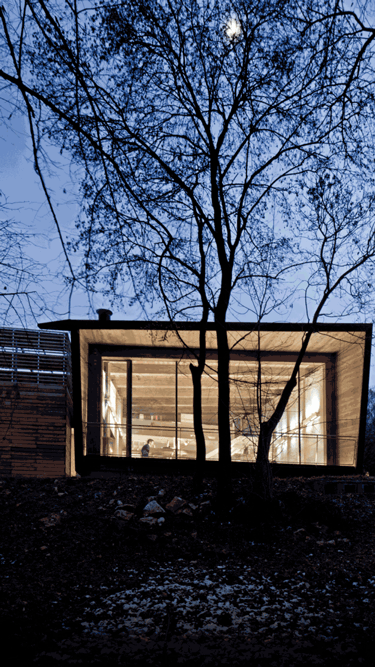






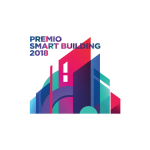
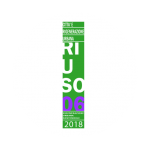
we believe in positive impact
that a project can have:
it can regenerate
natural and urban,
social and economic
surrounding environment
corte bertesina
2017
vicenza
Corte Bertesina is a project where environmental, social and agricultural values intersect: an 8-hectare forest which encloses vegetable gardens and farmland, a social farm, an agricultural food processing center and shop, a bed and breakfast, a visitor’s center for educational activities and residences.
Its construction process has been a virtuous experience shared by clients, designers and builders, where the use of innovative building methods and adaptive reuse allowed the project to reach objectives in sustainability, resource management and energy efficiency.
typical, rural, nineteenth century Venetian courtyard
Located on the outskirts of Vicenza and only 3km from Piazza dei Signori, Corte Bertesina is a typical, rural, nineteenth century Venetian courtyard connected to a 17-hectare country estate with certified organic gardens of vegetables, grains and fodder. The gardens are protected inside a vast area planted in 2001 with trees native to the Po Valley: an oak forest, hornbeams, elms, maples, medium shrubs and hedges which today act as a refuge and nesting ground for local wildlife.
Since 2010, the estate also functions as a social farming center, offering job opportunities to young people with Down Syndrome.
The objective of the project has been to regenerate and complete the existing building core with the intention of developing new functional relationships: cultural and educational activities for the enhancement of the forest landscape, social farming activities through the involvement of young people with Down Syndrome, collaboration with local social cooperatives, preparation and sale of agricultural products, residences, bed and breakfast. Additionally, the project aims to intervene into the natural context as lightly as possible, absorbing from the surroundings visual, energetic and wellness potential for its future inhabitants.
The concept of sustainability was a driving force behind the social intentions of the project, encompassing the wellbeing of its users, the choice of building materials and construction techniques, and energy production and use.
new functional relationships
The space of the historic courtyard is defined on the south edge by a long, linear wall in local stone built using traditional methods. The wall acts as a “filter” between public, social functions that occur in the courtyard and the private programs of the new residences. A ‘barchessa’, an open building historically used to house livestock and hay, can be found in the courtyard. Water emerges from spouts along the “barchessa” and travels through stone channels running the length of the wall, programmatically also acting as a filter and separator.
The new residential volumes are articulated linearly: light structures, hinged onto a stone wall which sits on a large, underground floor conceived to house the residents’ vehicles. A visual connection with the exterior landscape, the sun’s orientation and the control of natural ventilation are the main factors that informed the design solution. The roof covering is shaped to control natural light and maximize its photovoltaic potential: it produces 60 KW of energy, enough to support the court’s agricultural activities and a heat pump air conditioning and heating system for the buildings, all linked by a geothermic ring.
On the southeast, a simple volume clad in irregular larch planks completes the courtyard: it holds the cultural center, dedicated to the education and appreciation of the surrounding wooded landscape. Its glass wall guides the visitors’ attention towards the outdoor scenery and a network of trails inside the woodland.
The “barchessa” and historic buildings contain the bed and breakfast, gathering spaces for the social farm, food preparation areas and market spaces for the sale of the agricultural goods produced on-site.
an innovative approach with light construction methods
From a construction standpoint, the intervention was approached with an innovative spirit, using the development of light, prefabricated construction methods which allowed the project to be concluded in a limited time frame. The design process resembled that of an industrial product and defined various construction components in wood, steel and stone built off-site by group of local industrial companies and artisans. The components were then assembled on-site using tectonic connectors.
The materials, produced by numerical control systems, are traditional and chosen to easily blend into the surrounding environment. Larch wood, conventionally used for its durability, was chosen as the main construction material. Throughout the project it can be found in the form of glued laminated beams and columns, interior and exterior enclosures, in door and window framing and shading, as flooring and in the design of custom-made furniture.
The techniques involved in the prefabrication of light construction elements were carried through the renovation of the historic buildings of the courtyard, linking the intervention to a concept of reversibility and respect of the existing structures: entirely prefabricated Xlam cells were inserted into the large nineteenth century ‘barchessa’, acting as living spaces of the bed and breakfast. The new cells, set upon a steel structure on the ground floor, form the new, earthquake proof skeleton of the brick building. A unique structural technique was experimented on the residential unit facing west (Carli house): the old brick façades were anchored every 50cm to a homogenous surface composed of Xlam panels, themselves supported by portals in glued laminated wood.
client
private
design team
G. Traverso, P. Vighy
L. Angelini, C. Baggio, C. Cavalieri, S. Dal Bianco, G. Dalla Gassa, G. M. d’Arco, A. Marzano
photo credits
Alessandra Chemollo
awards
Barbara Capocchin 8° International Biennial Architecture – Regional Price 2017_Honourable mention
links
